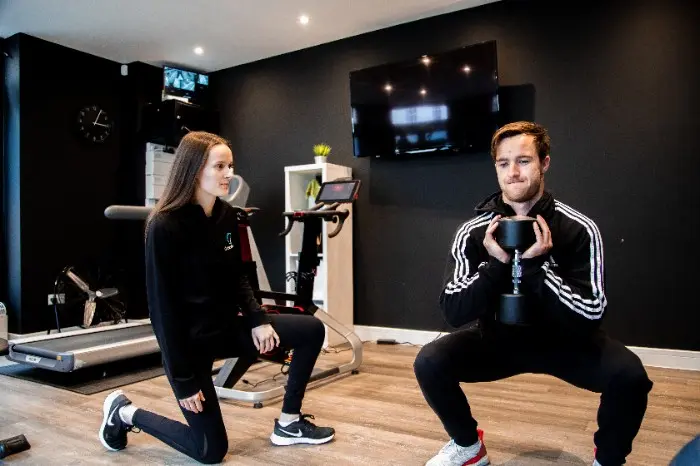While a balanced diet and regular exercise are common approaches to maintaining a healthy physique, certain body areas may prove resistant to these efforts. For individuals seeking a method to refine their shape, liposuction offers a potential solution. This procedure is designed to target areas with excess fat deposits and enhance overall body proportions.
What Is Liposuction?
Liposuction is a cosmetic surgical procedure aimed at removing localized fat deposits from specific areas of the body. It is primarily performed to reshape and refine areas where fat tends to be more resistant to natural weight-loss efforts, such as the thighs, hips, arms, back, and neck. It targets stubborn fat pockets to improve the body’s contours. By utilizing specialized techniques and instruments, surgeons can deliver results tailored to an individual’s aesthetic goals.
Who Is It For?
Liposuction is suited for individuals who are near their ideal body weight but face challenges in eliminating specific areas of fat. Many individuals pursue liposuction as part of a broader strategy to fine-tune their body proportions. It may be performed as a standalone procedure or combined with other enhancements to achieve comprehensive aesthetic goals. Ideal candidates for liposuction may include those with:
- Localized fat deposits that do not respond to traditional weight-loss methods
- Good skin elasticity, which supports proper contouring after fat removal
- Realistic expectations regarding the outcome of the procedure
That said, not everyone may be eligible for the procedure. Suitability often depends on factors like overall health and the intended areas of treatment. A consultation with a qualified medical professional is necessary to determine if liposuction aligns with personal circumstances and objectives.
What Does It Involve?
The liposuction process involves several key stages, from preparation to recovery. Understanding the sequence of events can help individuals gain clarity on what to expect during the procedure. Before the surgery, patients typically attend a consultation with a licensed surgeon to discuss their goals and evaluate their suitability for the procedure.
The Procedure Itself
Liposuction is generally performed under anesthesia. Once anesthesia is administered, small incisions are made in the target area to allow for the insertion of a cannula, a thin, hollow tube used to suction out fat. The surgeon carefully maneuvers the cannula to break apart fat cells, which are then removed using a vacuum-like device.
Post-Procedure and Recovery
After the procedure, patients can expect some degree of swelling, bruising, and discomfort in the treated areas. Compression garments may be provided to reduce swelling and aid in shaping the body during the recovery period. It is worth noting that maintaining the results achieved through liposuction requires a commitment to a balanced lifestyle.
Speak Further With a Professional
Liposuction can be a valuable tool for enhancing body contours and achieving aesthetic goals. By removing pockets of stubborn fat, this procedure can help individuals refine specific areas and attain a more proportional overall figure. For individuals exploring liposuction, it is integral to engage with a qualified professional. They can guide you through the process and determine the most appropriate course of action.



